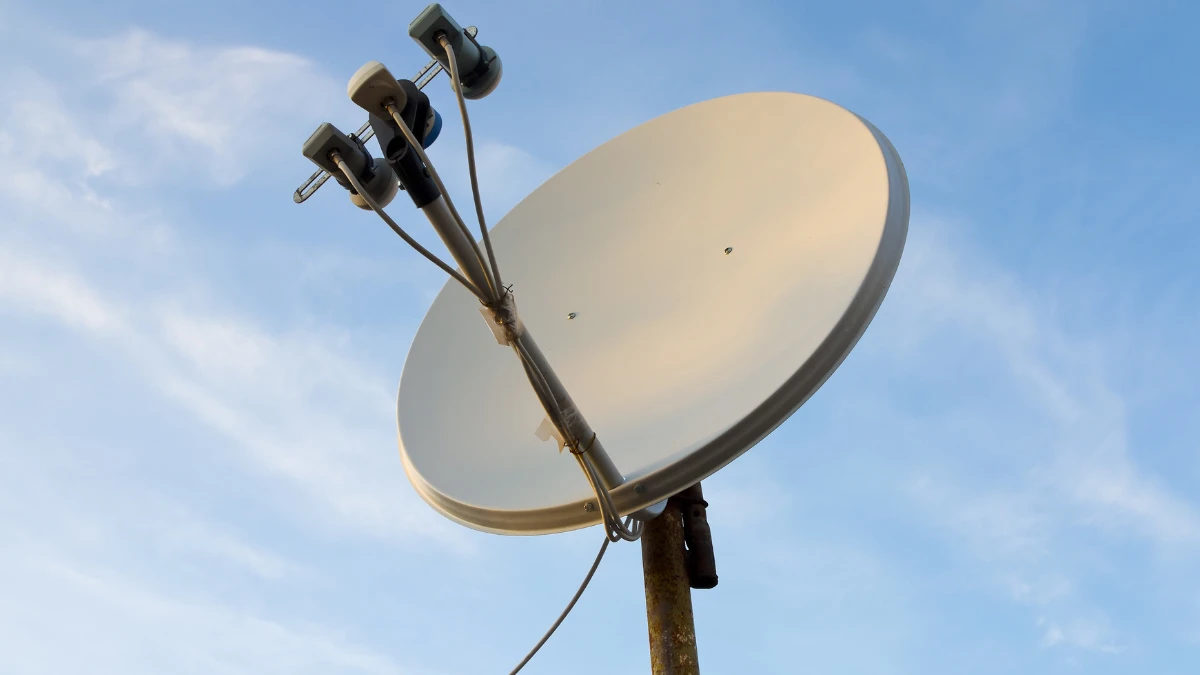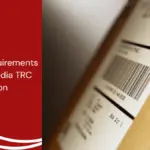Very Small Aperture Terminal (VSAT) is a communication system that uses a small satellite dish to connect to satellites. It is used in remote villages to access the internet. To function, VSAT does not require tall towers or long cables; it only needs an open sky.
With the increasing use of VSAT, the Indonesian government through Decree of the Director General of Post and Telecommunications Number 346 of 2003 has established passive optical network testing standards to ensure that these devices are safe, efficient, and do not interfere with each other.
This regulation is intended to ensure that all VSAT circulating in Indonesia must ensure their quality, safety, and compliance with applicable regulations through testing standards.
Also Read
Table of Contents
VSAT Testing Standard

Before being used or marketed in Indonesia, Very Small Aperture Terminal (VSAT)must meet several established technical requirements. Here are some of the standards that must be met:
Operating requirements
- Power supply: The device must be capable of operating with a power supply of 220V AC or DC -43.2 to -55.2V.
- Environmental conditions: The device can be used at temperatures of 10°C–50°C and high humidity (reaching 95% at 40°C).
- Safety system: Over current, over voltage, lightning protection (grounding ≤ 1 ohm), and cooling fan.
- Data connection: Must support Ethernet, RS-232, and other standard interfaces.
- Signal quality (Bit Error Rate / BER): < 10⁻⁶.
- Minimum service: Able to send data at least 4.8 kbps and have billing features.
- Network management: Alarm indication, fault management, and inter-terminal communication.
Electrical requirements
C-Bank and Ext-C Band frequency
| Parameters | C-Band | Ext-C Band |
| Up link | 5.925 – 6.425 GHz | 6.425 – 6.725 GHz |
| Down link | 3.700 – 4.200 GHz | 3.400 – 3.700 GHz |
| Channel spacing | ≤ 150 KHz | |
| Modulation | BPSK, QPSK, or their derivatives | |
| Cross polarization | ≥ 25dB | |
Ku-Band Frequency
| Parameters | Ku-Band (FSS) | Ku-Band (FS) |
| Up link | 13.754 – 14.486 GHz | 14.400 – 14.500 GHz |
| Down link | 10. 954 – 11.686 GHz | 10.950 – 11.706 GHz |
Antenna
- Diameter: D ≤ 4.5 m (cross polarization ≥ 25 dB), D ≥ 4.5 m (≥ 27 dB).
- Ku-Band Polarization: Polarization discrimination ≥ 28 dB (main beam -1 dB), ≥ 25 dB (main beam -10 dB), ≥ 30 dB (main beam -1 dB).
LAN and frame relay requirements
LAN
- Minimum 1 Ethernet port (10 Mbps, IEEE 802.3/802.2)
- Transparent birding protocol, address filtering.
Frame relay
- Minimum 4 ports per station, data access 4.8 kbps – 1-24 kbps.
- Interface: X.21, RS-449, RS-232C, V.35.
- Supports data, voice, video, multicast, and bandwidth on demand services.
Raw Material and Construction Requirements
- Strong, lightweight, tropical climate-resistant, and rust-proof materials.
- Modular device components, integrated cabinets, protected from foreign objects, and equipped with safety features.
VSAT Type Approval and Certification Process in Indonesia

For Very Small Aperture Terminal (VSAT) to be used legally in Indonesia, certification from DJID is required. Here are the steps to get it:
Pre-testing the device
Before official testing, the device must be pre-tested first using measuring equipment such as a spectrum analyzer.
This helps ensure devices meet technical standards before being tested in authorized laboratories.
Testing at an official laboratory
After passing the pre-testing, the gadget will be sent to an assigned official research facility for experience testing according to the guidelines stipulated in the Decree of the Director General of Post and Telecommunications Number 346 of 2003.
Issuance of certificates
After the device passes testing, an official certificate will be issued by DJID. This certificate is a requirement to market the device legally in Indonesia.
Tips to ensure standards compliance
- Learn the latest regulations: Make sure you understand every detail of the Decree of the Director General of Post and Telecommunications Number 346 of 2003, including technical requirements and test methods.
- Perform pre-testing: Before official testing, perform pre-testing to ensure the device meets standards. If you don’t have a measuring instrument, use the DJID certification service, which provides pre-testing services.
- Counsel a master: If this is your to begin with time looking for certification, consider utilizing the services of experienced DJID certification administrations. <UN>









